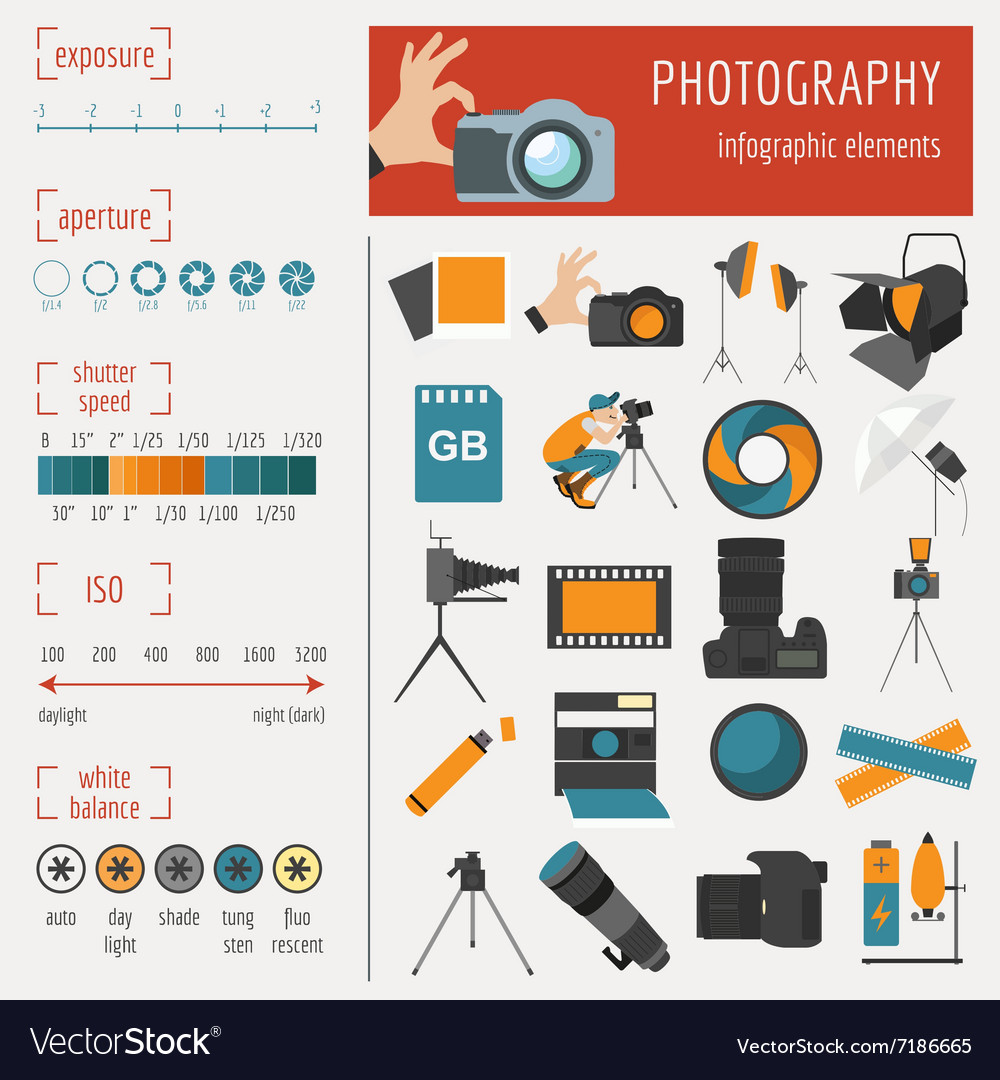What Every Photographer Ought To Know About Illumination
What Every Photographer Ought To Know About Illumination
Blog Article
Author-Boone Riddle
As a digital photographer, you recognize that lights can make or break your photos. Recognizing the nuances of both all-natural and fabricated light is necessary for catching the state of mind and clarity you aim for in your job. Whether you're chasing after the perfect golden hour radiance or tweak your fabricated arrangements, mastering these aspects can raise your digital photography significantly. However there are common pitfalls that several ignore, and acknowledging them can transform your strategy to every shoot. Let's explore what https://www.lex18.com/news/coronavirus/local-photography-business-supports-seniors-healthcare-workers-with-yard-signs might be missing out on and exactly how it can impact your results.
Comprehending All-natural Light
Understanding natural light is important for any type of digital photographer wanting to enhance their work. It's the structure of fantastic photography, influencing state of mind, tone, and quality. When you shoot outdoors, take note of the moment of day. The gold hour-- shortly after daybreak and before sunset-- offers soft, cozy light that can transform common scenes right into spectacular images.
Do not take too lightly the power of overcast days. Executive portrait studio diffuses sunlight, developing a soft, even light that's excellent for portraits and macro digital photography. You'll locate shades pop in this type of lights without extreme shadows.
Placing matters, as well. Constantly consider your subject's alignment to the light source. If the sun's behind your subject, you might wind up with a silhouette, which can be dramatic but mightn't be what you want. On the other hand, straight sunshine can develop unflattering shadows.
Explore angles; often, changing your point of view can generate amazing outcomes. Usage all-natural reflectors, like water or sand, to bounce light onto your topic, including dimension.
Mastering Artificial Light
Grasping synthetic light is crucial for digital photographers that intend to take their skills to the next level. Whether you're utilizing speedlights, workshop strobes, or continual lights, understanding just how to manipulate these resources can substantially enhance your pictures.
Beginning by acquainting on your own with the basics of light top quality, instructions, and shade temperature. Try out different modifiers like softboxes, umbrellas, or grids to control the softness or cruelty of the light.
You'll find that soft light commonly produces complementary outcomes, while harsher light can add dramatization and depth. Don't shy away from shadows; they can enhance the three-dimensionality of your subjects.
Pay very close attention to the positioning of your lights. A light located as well near to your topic can develop unflattering outcomes, while too far away can result in a lack of information. Use a light meter or your electronic camera's pie chart to ensure you're exposing appropriately.
Finally, keep in mind that man-made light can be combined with ambient light for creative impacts. Stabilizing these sources may take technique, once you master it, your digital photography will really radiate.
Strategies for Different Situations
When you step into various capturing situations, adjusting your lights strategies is vital for capturing the very best photos. For exterior pictures, utilize the gold hour-- early morning or late afternoon light-- to soften shadows and enhance skin tones.
If it's a rough midday sun, consider using a reflector to jump light back onto your topic or seek shaded locations for an extra even exposure.
In low-light situations, like interior events, enhance your ISO and make use of a vast aperture to let in more light. A tripod can aid remove camera shake, allowing for longer direct exposures without obscuring.
If you're contending night, explore off-camera flash to create vibrant lights and deepness in your images.
For item photography, use diffused lights to prevent extreme reflections. Softboxes or light outdoors tents can help attain this impact.
When photographing landscapes, take into consideration the instructions of light and time of day, as it can substantially transform the mood of your shot.
Constantly prepare to change your settings and positioning based on the circumstance, as flexibility is vital to understanding illumination in digital photography.
Verdict
To conclude, mastering lights is key to elevating your photography abilities. Accept natural light's charm during gold hour, and don't avoid explore artificial light techniques. By adapting your method to various scenarios, you'll catch stunning images that reverberate with emotion and quality. Remember, the right lighting can change an average shot into something phenomenal, so keep practicing and improving your understanding of both natural and fabricated light. Delighted capturing!
